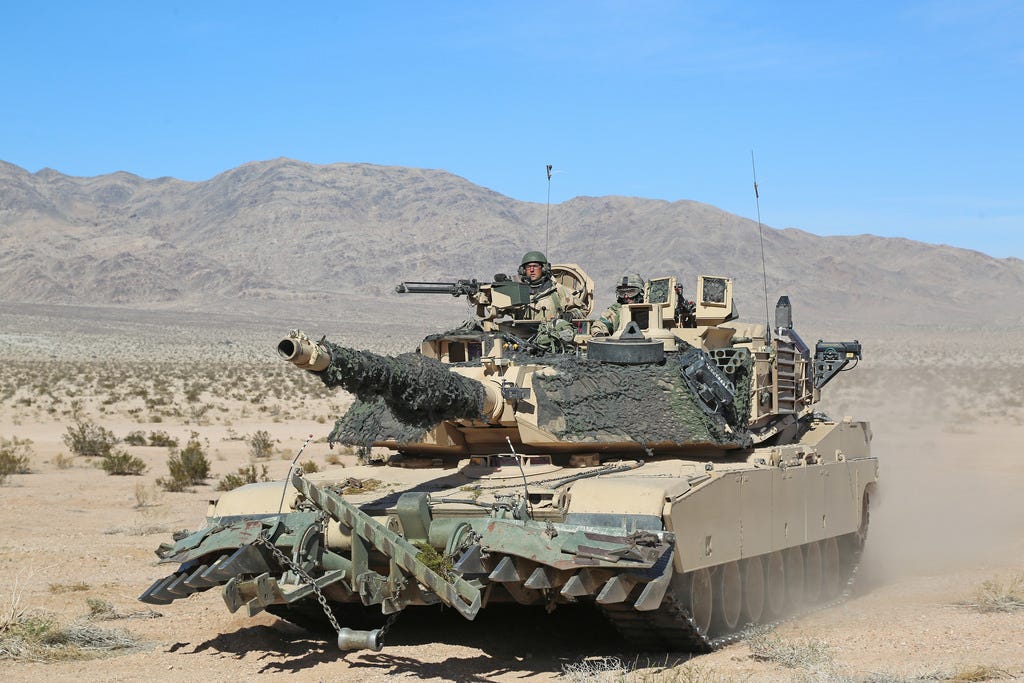Major Navdeep Singh
Most nations recognize the inherent stress and strain of military service and its detrimental effect on the health and daily lives of soldiers. India does too, but only in theory, not in practice. Lip service galore, zilch on-ground support.
Not many must be aware, contrary to popular perception, the life expectancy of soldiers is lower than their civilian counterparts. The reason is not far to seek. Living in a regimented lifestyle, most of the year away from their families and at times under the shadow of the gun, 24 hours covered with a tough disciplinary law, soldiers face unique stressful conditions which result in aggravating and accentuating even regular diseases and ailments. It doesn’t take much enlightenment to understand that soldiers face higher stress levels than ordinary citizens living with their families since the former are away from commune living and hence cannot adequately cope up with domestic commitments and stressors, but in a strange and ironic kind of incorrigibility, it is the defence establishment itself which is not ready to accept this proposition which is not rocket science but common sense.
Medical specialists all over the world recognize higher stress and strain in uniformed forces. All democracies endorse this. Disability Rules in India also state the same. The Prime Minister thinks on the same lines too. The Defence Minister also feels so. The apex military medical body also speaks the same. The Courts, including the Supreme Court, have directed thus. But still many of our disabled soldiers are released from service and sometimes even thrown out of service on medical grounds, without pension or disability pension, thereby denying them a life of basic dignity, on the pretext that their disabilities were declared ‘neither attributable to, nor aggravated by military service’ by military medical boards- a blatant disregard of practical realities to say the least.












